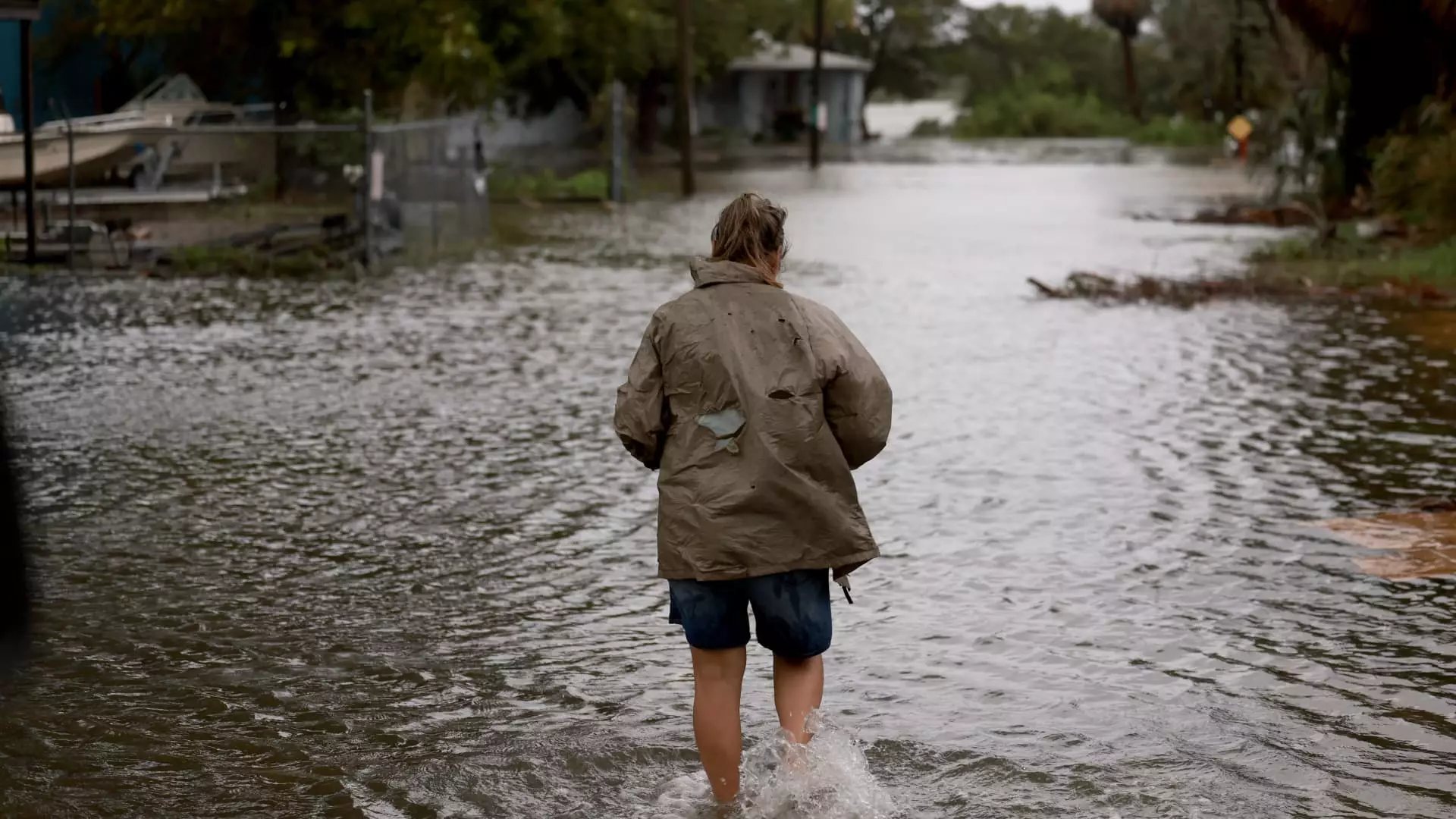As Hurricane Debby made its way through the southeastern U.S., heavy rains and flash floods wreaked havoc in various states. With the storm now downgraded to a post-tropical system, the Mid-Atlantic and Northeast regions are at risk of being inundated as it moves up the coastline. Homeowners who anticipate such natural disasters may have taken the precaution of purchasing flood insurance. However, it is essential to highlight that flood insurance typically does not cover damage to personal property or other items stored in a basement.
Despite what many homeowners may assume, flood insurance policies often have limitations when it comes to covering basements. Defined broadly in many contracts, a basement may include areas such as sunken living rooms or other sections partially below ground level. This ambiguity in insurance terms becomes critical as climate change intensifies storms, leading to increased flood-related damages. Notably, flooding accounts for 90% of annual disaster damage in the United States, causing an average of $25,000 in property damage with just one inch of water.
Unlike homeowners or renters insurance, which do not cover flood-related damages, individuals must obtain separate flood insurance to protect their property from water entering their homes from the ground up. This can result from various factors such as storm surges, heavy rainfall, or overflowing bodies of water like lakes and rivers. The majority of individuals with flood insurance opt for coverage through FEMA’s National Flood Insurance Program, which had 4.4 million residential policies in place by the end of 2023, totaling $1.2 trillion in coverage.
While American basements serve various purposes, from storage units to entertainment spaces, FEMA’s flood policies impose limitations on what is covered. Items such as personal belongings, basement improvements, generators, dehumidifiers, and items not connected to a power source are typically excluded from coverage. Concerned consumers are advised to consider relocating their belongings from basements to higher ground or storage units to mitigate flood risks.
According to FEMA, policyholders can expand coverage for basement items like washers, dryers, air conditioners, food freezers, and contents through optional additional coverage. While NFIP policies offer limited coverage for basements, private insurers may provide broader property coverage based on individual policies. Moreover, recent data indicates a decreasing trend in new home constructions with basements, reducing potential risks associated with flooding and structural damages.
In response to the challenges faced by policyholders with basements, FEMA announced proposals to enhance coverage under the NFIP program. Emphasizing the primary focus on the building’s structure, flood insurance aims to protect essential components in basements such as air conditioners, fuel tanks, furnaces, sump pumps, electrical systems, and foundation elements. Policyholders are advised to document equipment details and review their policies for a comprehensive understanding of covered items and expenses to streamline the claims process in case of flooding incidents.

